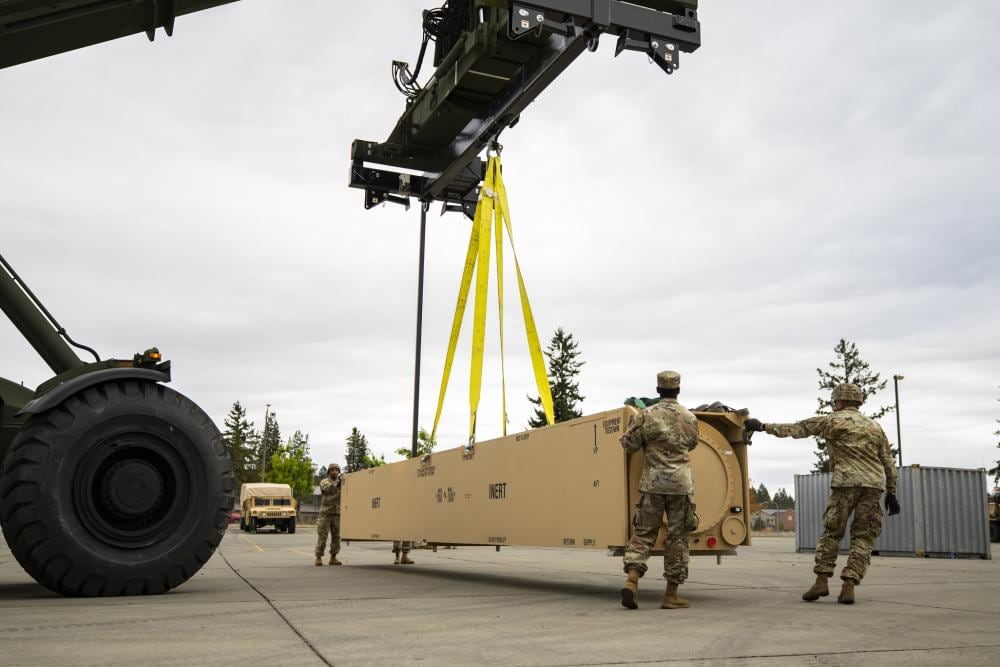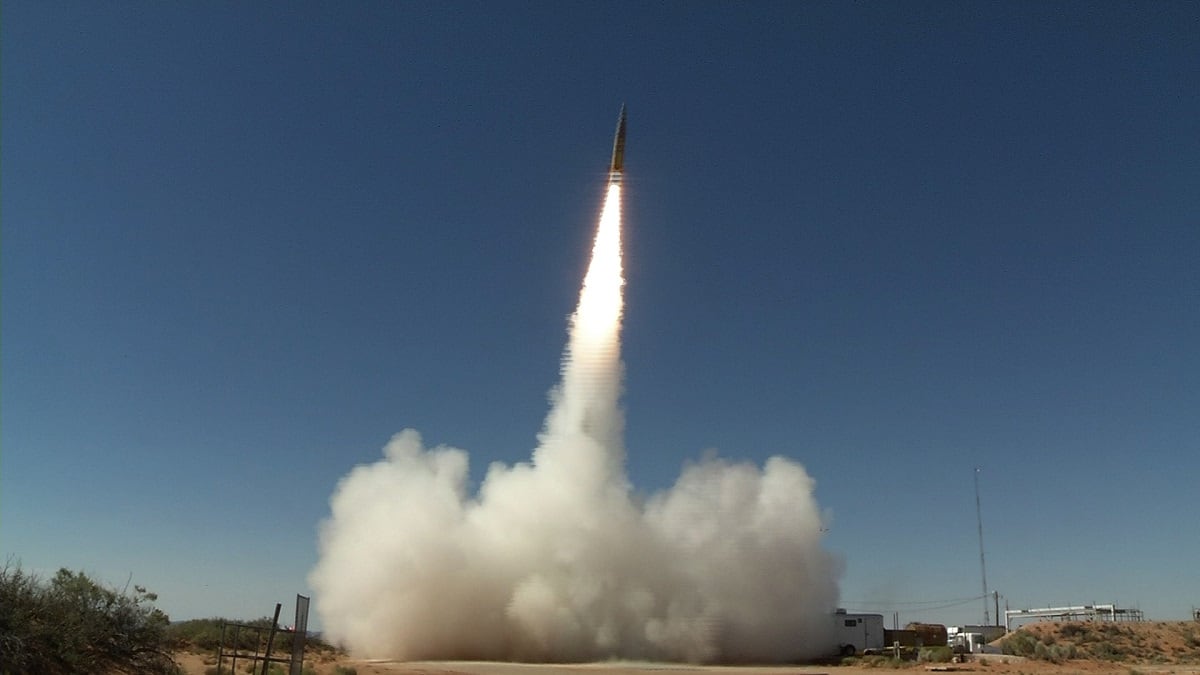The Army is planning new ways to organize and distribute artillery, air defense and counter-unmanned aerial surveillance units throughout the force as modernization projects come to fruition.
As the Army “transform[s], we’re gonna have to build new organizations,” said Gen. James McConville, the service’s chief of staff, at a Thursday event hosted by George Washington University’s Project for Media and National Security.
The chief described the looming force structure overhaul as a “hard look.” The Army’s challenge, he said, is designing and implementing organizations that adequately harness new technologies while not increasing their staffing levels.
Even before dismal recruiting numbers caused the Army to shed troops, the service’s decision to protect modernization projects from budget constraints meant its end strength would remain virtually unchanged for the foreseeable future.
McConville mentioned needing new unit designs specifically for long-range precision fires, air and missile defense, and counter-unmanned aerial surveillance.
Although the chief didn’t offer many details on the force structure redesign, some pilot efforts and other early steps are already known.
The service stood up a battery designed for the “Dark Eagle” hypersonic missile at Joint Base Lewis-McChord, Washington, in 2021. Those soldiers have launchers but still no missiles — the Army plans to complete another round of testing by the end of September, and defense publication Aviation Week reported the service expects to field the missile by then, too.
RELATED

Other reorganization efforts could potentially impact recently-fielded short-range air defense packages currently operating in Europe, as well as other fires capabilities like surface-to-ship missiles and extended-range cannons.
“We’re going to take a hard look at how do we do that within the resources and structure that we have,” McConville said.
Two officers recently argued in a West Point Modern War Institute article that the service should consider resurrecting the Coast Artillery Corps as a home for anti-ship fires.
Defense News land warfare reporter Jen Judson contributed to this report.
Davis Winkie covers the Army for Military Times. He studied history at Vanderbilt and UNC-Chapel Hill, and served five years in the Army Guard. His investigations earned the Society of Professional Journalists' 2023 Sunshine Award and consecutive Military Reporters and Editors honors, among others. Davis was also a 2022 Livingston Awards finalist.





